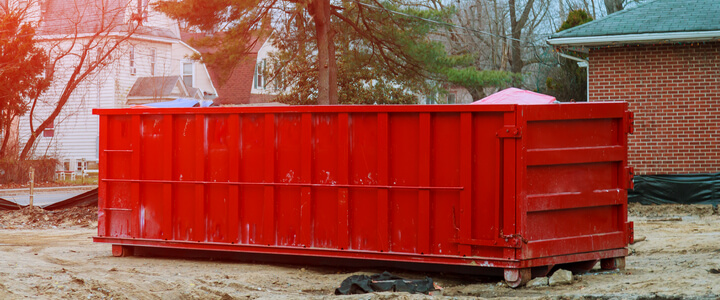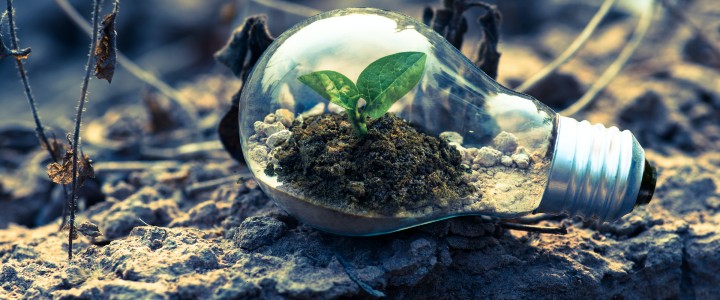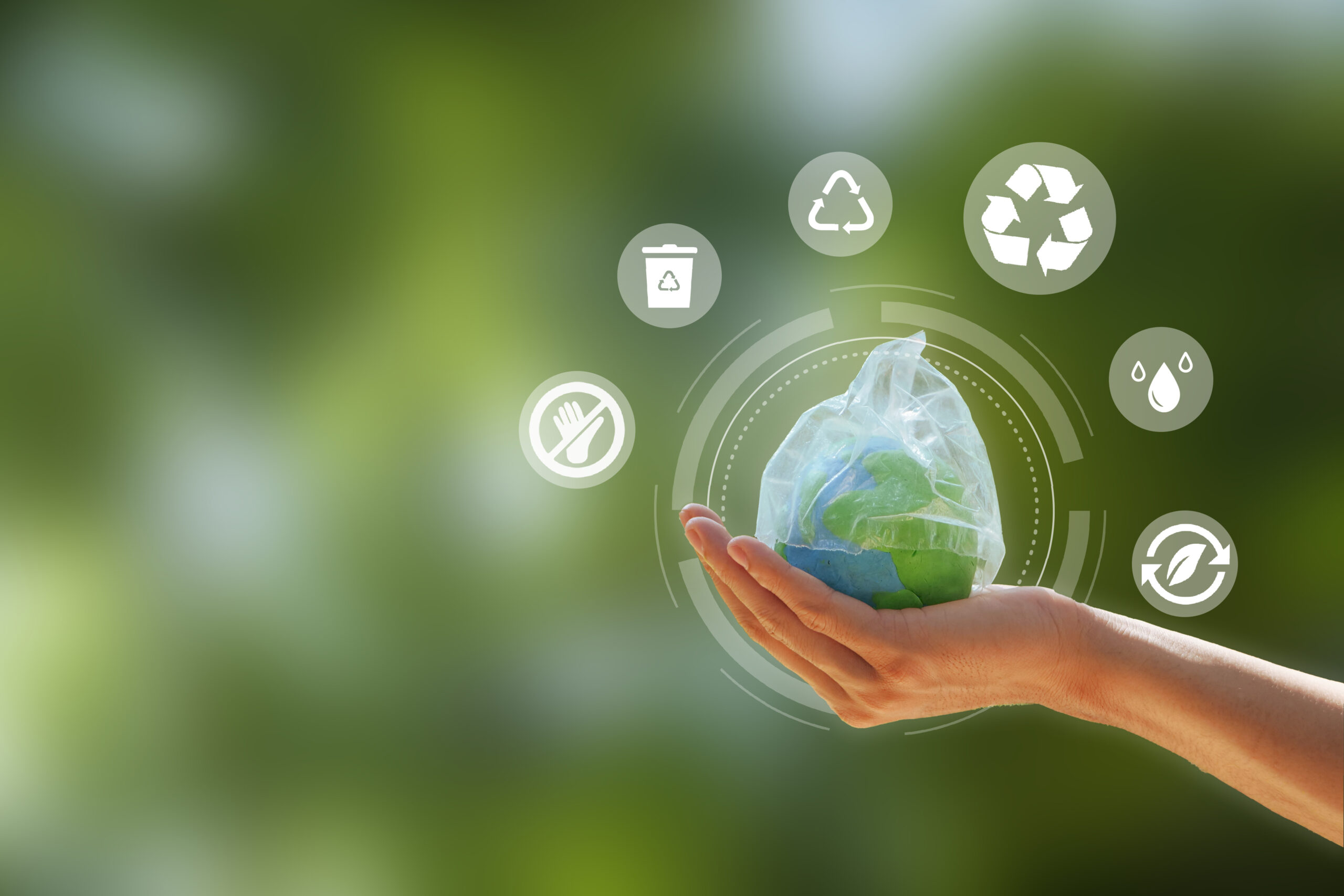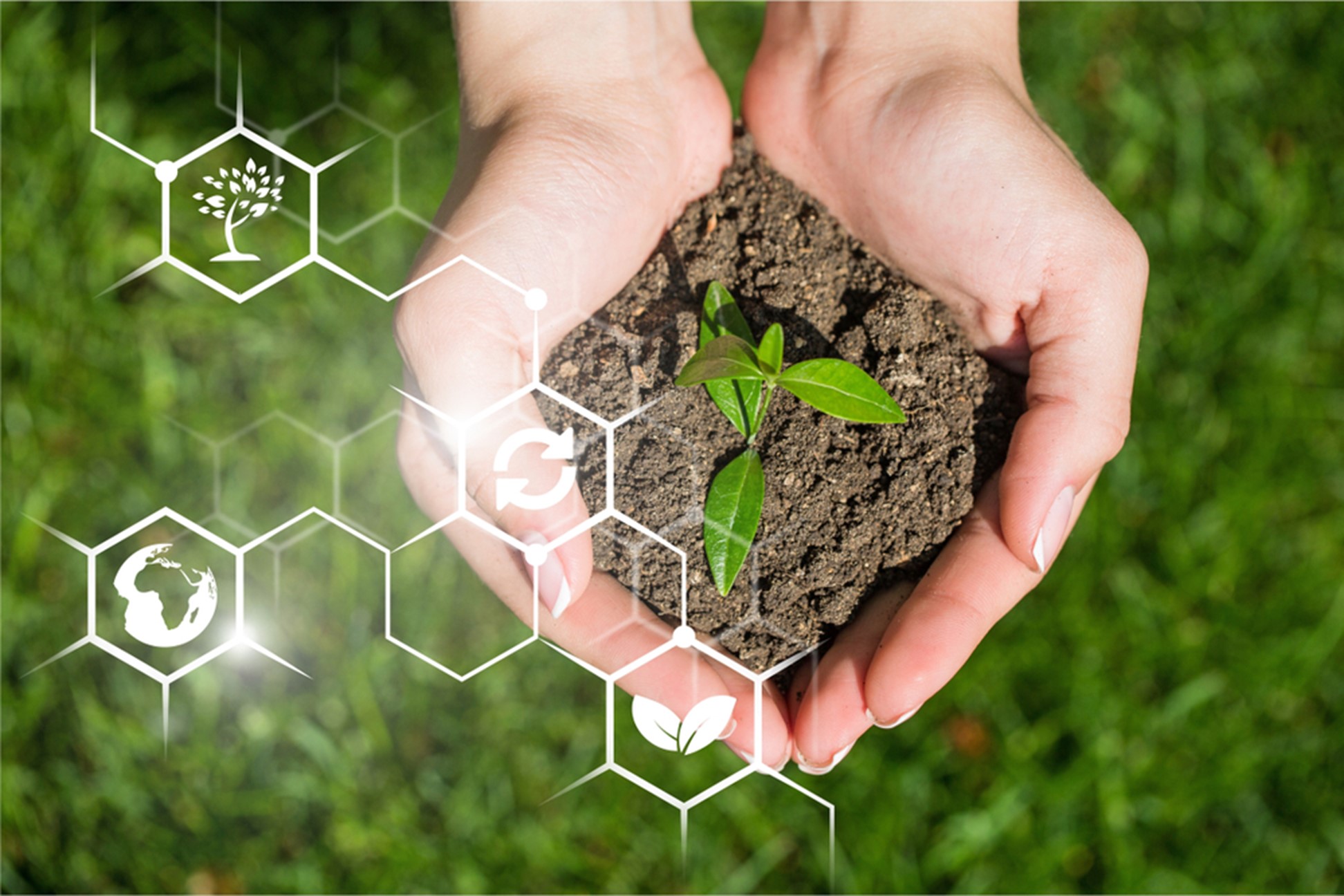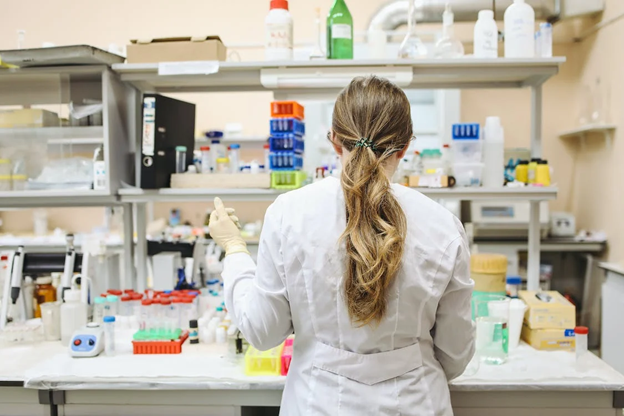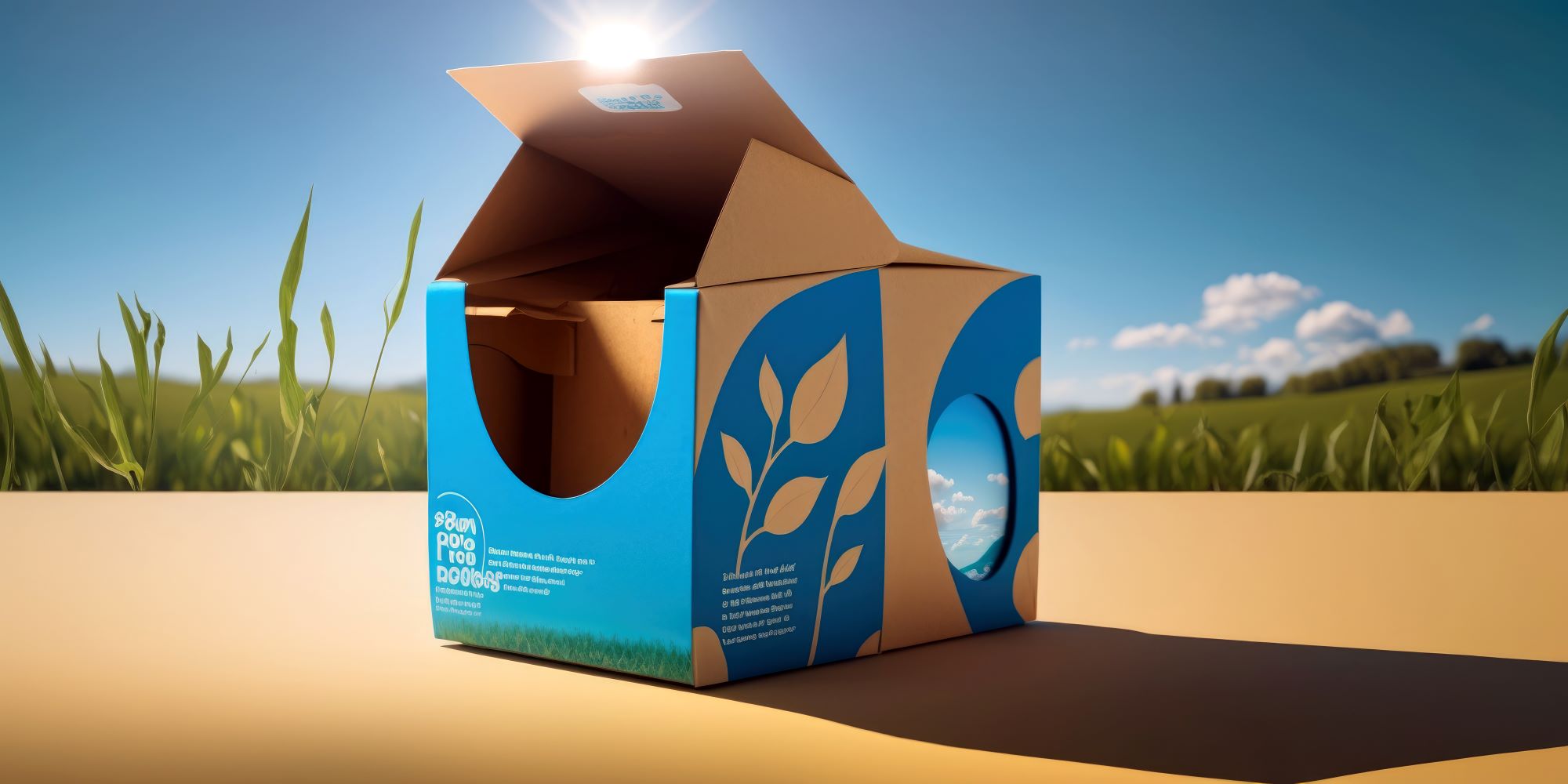How Moisture Measurement and Control Reduces Waste in Manufacturing
Sustainability and environmental management have become key priorities in the manufacturing sector. A 2021 survey by PwC of manufacturing leaders revealed that over half (52%) of C-level executives highlighted that the increasing consumer demand for sustainable products is leaving the most significant mark on their operations. Interestingly, this wave of change is most deeply felt within the industrial manufacturing and consumer goods sectors.
Central to these goals is the often overlooked yet crucial aspect of moisture measurement and control.

Image source: https://unsplash.com/photos/9xHsWmh3m_4
How Does Moisture Affect Manufacturing Processes?
Moisture, present in various raw materials and processes, can significantly impact the quality, consistency, and cost-effectiveness of finished products. Excessive or insufficient moisture can lead to wasted materials, compromised product integrity, and increased production costs. By understanding the pivotal role of moisture control in manufacturing, industries can substantially reduce waste, ensuring economic viability and environmental responsibility.
Here’s a closer look at how effective moisture measurement and control can make manufacturing processes more sustainable.
1. Efficient Use of Raw Materials
In manufacturing, everything starts with raw materials. Whether it’s paper, wood or food byproducts — moisture content plays a huge role in determining their quality, how long they last, and how they can be used.
Take house brick production as an example. The clay’s moisture content needs to be just right. If it’s too damp, drying times shoot up, slowing the whole process. Not only does this mean higher costs, but it’s also not great for our planet’s energy footprint.
2. Equipment Longevity
Most people forget that the first of the three Rs (reduce, reuse, recycle) focuses on doing things carefully to reduce wastage. In manufacturing, that care extends to ensuring all equipment lasts as long as possible — both to prevent unnecessary waste and capital expenditure.
Moisture, unsurprisingly, affects the long-term condition and performance of manufacturing machinery. Using materials that aren’t at the right moisture level can lead to issues like clunky material flow or even machine breakdowns.
Going back to our brick manufacturer example, there’s a hidden danger in using overly wet clay. Bricks are usually baked in high-temperature kilns. If they’re too moist going in, steam pressure can build up, leading to the bricks suddenly spalling or cracking. And when big machinery breaks? The repair costs can be sky-high, potentially putting the whole business on shaky ground.
3. Energy and Resource Management
Let’s face it: manufacturing and production processes are major contributors to climate change. In many developed nations, manufacturing is one of the three biggest sources of greenhouse gas emissions; the manufacturing sector alone accounts for nearly a quarter of carbon emissions in the US.
Water and energy are arguably the most obvious starting points for efficiency, making it a good idea to invest in technology that ensures correct moisture levels are adhered to at all times. Accurate moisture measurement and control will have an aggregate effect on a manufacturer’s water usage, especially if they have production lines that run 24 hours a day.
Over to You
The manufacturing sector faces tough decisions in a world where the clarion call for sustainability grows louder by the day. The data and insights provided by tools like moisture measurement underscore the technical precision required for quality products and showcase the broader picture: the environmental footprint that companies leave behind.
Moisture management is about more than better bricks or longer-lasting machines. It’s a keystone in the arch of sustainable manufacturing, a nexus where economic interests and environmental stewardship beautifully converge. For industries willing to embrace this, the path forward is clear: meticulous moisture control today will pave the way for a more sustainable, efficient, and green .
For more guides and insights into the world of moisture measurement, visit LIMAB UK, the country’s leading specialist in in non-contact optical measuring technologies, including laser, infrared (IR), near-infrared (NIR) and thermal imaging (TI).

